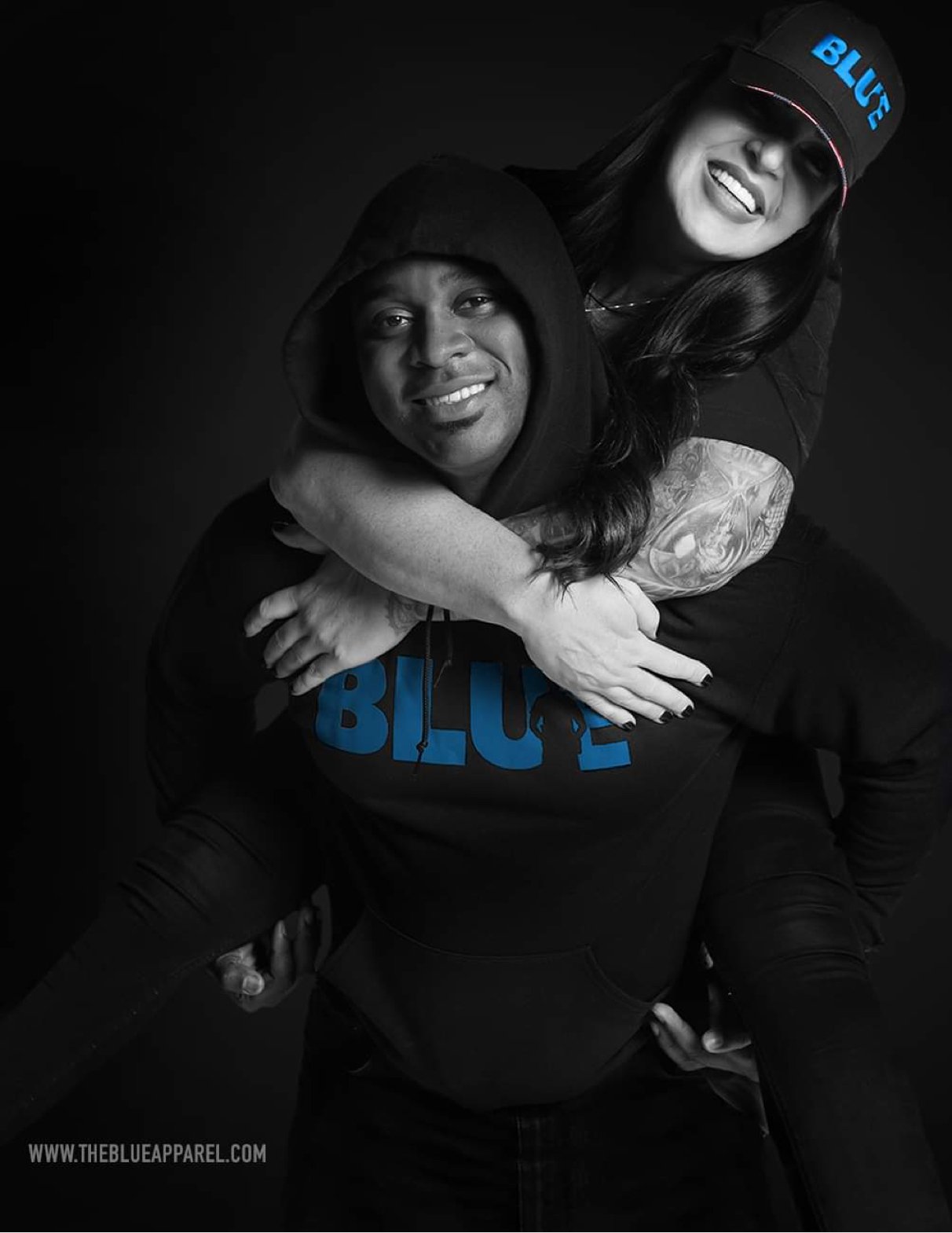An LA Tragedy
/The following happened on December 23, 2020. Experienced officers know how this goes down. Police received multiple calls regarding a man in a Los Angeles area Burlington retail store. The 911 calls ranged from a man with an object that might be a bicycle lock who was attacking customers to one where the man in question had a gun.
Suffice it to say that this investigation has a long way to go and not all the information and facts are available, but we can make some observations and comments based on the post-incident news conference conducted by the LAPD Chief that I watched and listened to. He released the body cam video and 911 calls that came in and walked the media through the incident. Yes, it was pandemonium at the scene. People could be heard screaming in the background of the calls to the dispatcher. Others had barricaded themselves in locked offices and others frantically fled the store. Police were dispatched with a patchwork of what information was available at that time. This is par for the course in law enforcement. Cops have to work in the environment of the unknown. And they do a damned good job of it. That comes with experience.
When officers arrived, you can imagine what they found. People running around like chickens with their heads cut off. That’s understandable. What happened in the early moments is important. I’ll get to that shortly. Officers are trying to slow everything down, collect as much information as they quickly can and then process what they know and what they don’t know in order to make decisions as to how to proceed. To take language from the Supreme Court case Graham v Conner on officer use of force, “Things happen under circumstances that are tense, uncertain and rapidly evolving.”
Here are just a few of the unknowns that these LAPD officer had to quickly consider. Are there people injured and in need of medical treatment? Where in this large retail store is the suspect? Is he armed? Does he have hostages? Is the suspect high on drugs, intoxicated or mentally deranged? Where have customers barricaded themselves?
Officers came into contact with the suspect, who had a large metal bicycle type lock in his hand. Keep in mind that one of the calls that came in said the suspect was armed with a gun. He was commanded to drop the object in his hand. He did not comply. One of the officers made a decision to deliver rounds from his firearm at the suspect who undoubtedly posed a threat. Whether he should have used another level of force from the force continuum is a decision the officer on the scene gets to make and just like from the Supreme Court on officer use of force decision cited earlier in this column, it advises not to review these from the lens of 20/20 hindsight. It also says that in an objective test of reasonableness, the officer’s decision to use force has to be judged on the facts known to officers at the time, and what they learn later is irrelevant, which is why I took the time to lay out the case. One media report from CNN pointed out that the officer fired shots at a suspect who did not have a gun. I took to social media to call this uninformed goof out, reminding him that the Supreme Court case on officer use of force does not say that officers can only use deadly force if the suspect is armed with a gun. It asks under the objective test whether the officer faced a reasonable threat and if the force used by the officer was reasonable under the circumstances. It’s not a subjective standard of what somebody else would have done.
The suspect died after being shot. But it doesn’t end there. A 14-year-old girl who was in a store dressing room was shot as one of of the rounds fired by the officer pierced through a dressing room wall and struck her in the chest. Anybody who has used a retail store dressing room knows that the walls are nothing more than drywall. Drywall is not by itself going to stop a round from a firearm. She died at the scene in her mother’s arms. My initial thought was, “Oh, crap,” except I used an expletive.
This was nothing more than a tragedy, a terrible unfortunate tragedy.
Now, what to do about the 14-year-old unintended victim. Under most state laws, there are what is called defenses to prosecution. Those include mistake-an honest error, necessity- an act to prevent something worse from happening, adequate provocation-circumstances that deprive a reasonable person of self-control and finally privilege-immunity give to a person because of their position. In my opinion and based on my experience of having investigated police use of deadly force incidents, privilege and necessity should be taken into consideration in the death of the 14-year-old. She was obviously not the intended target of the officer. Sure, officers should take into consideration other people in the area, but that cannot be the overriding consideration. Other things have to be considered as well. Civil court using tort law is the proper place for this tragic case, not criminal court.
As for the review of the case, there are about four tribunals which will look at this officer use of force, including civilian review boards. That is too many. What if the determinations come into conflict, then what? You have to wonder about the objectives, especially with inexperienced on law or police tactics of civilian review boards and who sits on those boards. Then there is the politics that will undoubtedly seep in here. The officer is black and the 14-year-old is of Hispanic descent. It didn’t take long for carnival barker Al Sharpton to insert himself into the situation. He lives in New York. This happened in California. California is not without its own political exploiters. He became the self-anointed family spokesman. It is guaranteed that with this clown involved, he will turn this into a situation about race.
There is another issue that needs to be pointed out here. The last few years have been filled with cop-haters and politicians, although I repeat myself, suggesting that social workers and mental health professionals be sent to cases where some deranged person is involved instead of police. How would that have turned out in this circumstance? I can tell you right now that people educated in social work or mental health experts are not clamoring to be used on these calls for service. They are being offered up as sacrificial lambs. It sounds like a good idea, but it’s foolish and not well thought out. Truth be told, they do not want any part of dealing with this danger.
We will have to keep an eye on this review. It is sure to garner national interest.
Sheriff David A. Clarke Jr. is former Sheriff of Milwaukee Co, Wisconsin, President of Americas Sheriff LLC, President of Rise Up Wisconsin INC, Board member of the Crime Research Center, author of the book Cop Under Fire: Beyond Hashtags of Race Crime and Politics for a Better America. To learn more visit www.americassheriff.com









